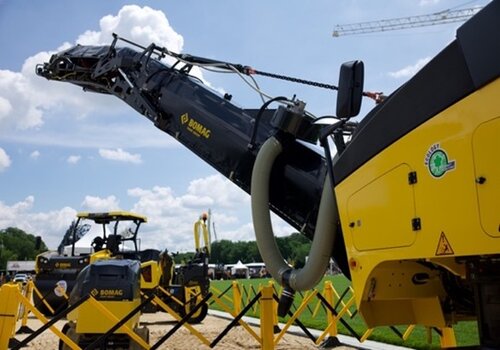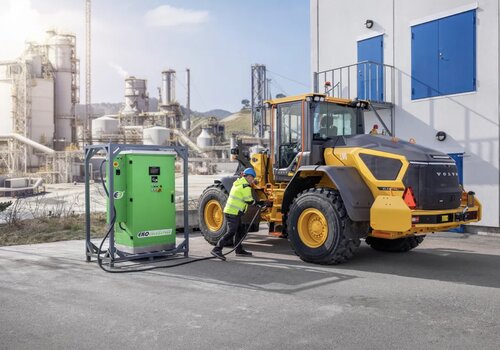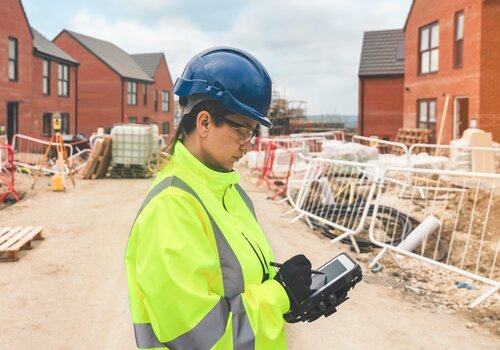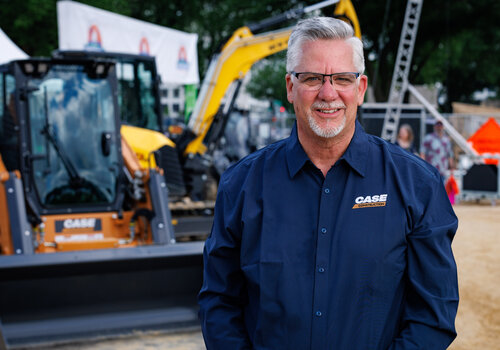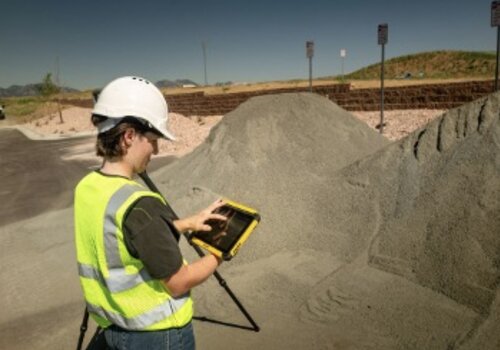The U.S. construction industry is witnessing a significant transformation, driven by the integration of international trends into large-scale construction and infrastructure projects. This shift is not just about adopting new techniques but reimagining how we build for the future. Here’s a look at five of the top international trends making their mark on U.S. construction projects.
- Modular Construction from Europe
One of the most impactful trends is modular construction, particularly from European innovators. This approach involves constructing sections or modules off-site in a controlled factory setting before transporting them to the construction site for assembly. This method drastically reduces construction time, minimizes environmental disruption and can significantly cut down waste. In the U.S., this is particularly transformative for urban developments and infrastructure projects where minimizing on-site construction time is crucial due to traffic and community impact. The new Las Vegas “Sphere” utilized modular construction. - Green Building Techniques from Scandinavia and Singapore
Sustainability is a major focus globally, and the U.S. is drawing significant inspiration from Scandinavian countries and Singapore. Scandinavian countries have long been leaders in sustainable building practices, focusing on energy efficiency and the use of sustainable materials. Singapore’s approach to integrating nature with urban development through biophilic design principles is also gaining traction. These practices are now being applied in large U.S. projects, aiming to achieve LEED certifications by incorporating green roofs, energy-efficient systems and materials that reduce carbon footprints. - Advanced Technology and Automation from Japan and Germany
The use of advanced technology and automation, particularly from Japan and Germany, is revolutionizing U.S. construction sites. Japanese robotics and automated technology are being employed to perform repetitive or hazardous tasks, thereby increasing safety and efficiency. Similarly, German precision in engineering and construction technology is enhancing the quality and speed of infrastructure projects. These technologies include automated paving machines, robotic machines and sophisticated building information modeling (BIM) systems that allow for precise pre-construction simulations. - Adaptive Reuse from the United Kingdom
The UK’s focus on adaptive reuse—repurposing old buildings for new uses—is a growing trend in the U.S. as well. This trend is particularly relevant in urban areas where historical preservation is paramount. Adaptive reuse not only conserves resources but also revitalizes communities and reduces urban sprawl. Projects involving the conversion of historic factories into residential lofts or old warehouses into commercial spaces are examples where this trend is merging sustainability with heritage conservation. - Bamboo Construction from Asia
The traditional Asian use of bamboo is finding a new footing in U.S. construction, particularly in large-scale projects seeking sustainable and resilient materials. Bamboo’s tensile strength and flexibility make it a suitable alternative to both concrete and traditional steel in certain applications, while its rapid growth cycle makes it an exemplary renewable resource. This emerging trend is seen in both temporary structures like scaffolding and in permanent features like bamboo-reinforced concrete.
OVERCOMING CHALLENGES
While the integration of these trends offers numerous benefits, it also comes with its set of challenges. Regulatory hurdles, supply chain complexities and the initial high costs of technology and materials are significant barriers. Moreover, there is a learning curve associated with adopting new techniques and technologies.
However, the long-term benefits—reduced construction times, lower overall costs, improved safety and sustainability—are compelling incentives for U.S. contractors to navigate these challenges. Training and development, along with strategic partnerships and investments in R&D, are crucial for adapting to these changes.
LOOKING AHEAD
As we look toward the future, the ongoing collaboration between international innovators and U.S. construction firms is set to reshape the industry. This global exchange of ideas and practices not only enhances the U.S. construction landscape but also contributes to a more sustainable and efficient global construction practice.
The continued evolution of the industry depends on its ability to embrace these innovations and adapt them to local contexts and regulations. With sustainability and efficiency at the forefront, the future of U.S. large-scale and infrastructure projects looks both promising and groundbreaking.
How to Get Started
Invest in Training and Development
To effectively adopt new construction methods and technologies, investing in training and professional development for your team is crucial. This includes training on modular construction techniques, understanding and implementing advanced technology and automation, and the basics of sustainable materials like bamboo. Consider partnerships with educational institutions or specialized training programs to build your team’s skills.
Partner with International Experts
Building relationships with companies and experts who are already proficient in these international trends can accelerate your learning curve and implementation process. For instance, collaborating with European modular construction firms or technology providers from Japan can provide firsthand insights and access to proven technologies and methodologies.
Start Small
If you’re new to any of these trends, start with smaller, less risky projects to build confidence and understanding among your team. This approach allows you to manage risks better and learn from each project phase before scaling up to more significant, more complex projects.
Engage Stakeholders Early
From project inception, engage with all stakeholders, including community members, government bodies and environmental groups. Early engagement is essential for projects involving green building techniques or adaptive reuse, as these projects often require more extensive approvals and can benefit from community support and input.
Focus on Sustainability and ROI
When planning to use new materials like bamboo or investing in new technologies, always consider the sustainability and return on investment (ROI). Analyze how these materials can improve project durability, efficiency and environmental impact while also considering the economic benefits in the long term. This dual focus will not only enhance project outcomes but also help justify the initial investments to stakeholders.
Photo credit: JARAMA/ISTOCKPHOTO.COM


